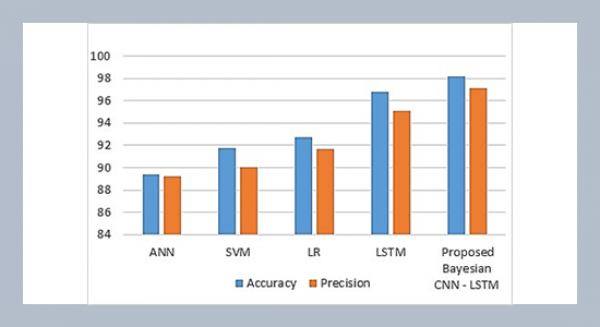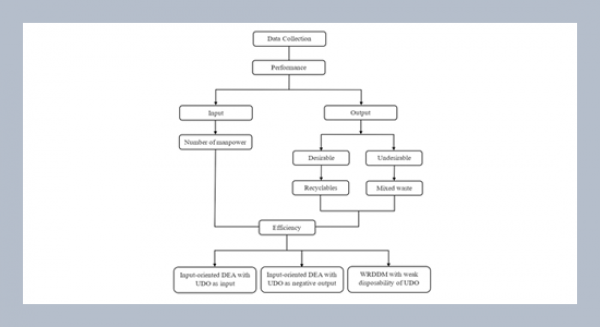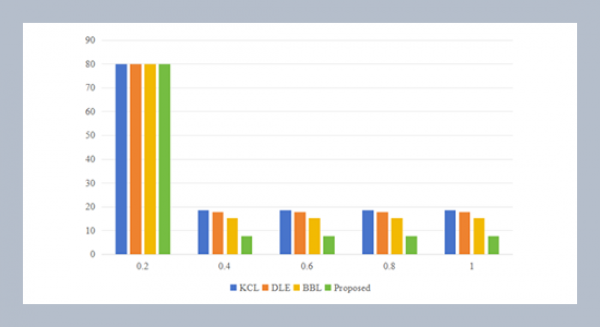REFERENCES
- [1] Chang, C. H. and Chen, S. M. 2001. Constructing membership functions and generating weighted fuzzy rules from training data. Proceedings of the 2001 Ninth National Conference on Fuzzy Theory and Its Applications, Chungli, Taoyuan, Taiwan, Republic of China: 708-713.
- [2] Castro, J. L., Castro-Schez, J. J., and Zurita, J. M. 1999. Learning maximal structure rules in fuzzy logic for knowledge acquisition in expert systems. Fuzzy Sets and Systems, 101: 331-342.
- [3] Chen, S. M. and Yeh, M. S. 1998. Gen-erating fuzzy rules from relational data-base systems for estimating null values. Cybernetics and Systems: An Internation-al Journal, 29: 363-376.
- [4] Chen, Y. C. and Chen, S. M. 2001. Con-structing membership functions and gen-erating fuzzy rules using genetic algo-rithms. Proceedings of the 2001 Ninth National Conference on Fuzzy Theory and Its Applications, Chungli, Taoyuan, Taiwan, Republic of China: 195-200.
- [5] Fisher, R. 1936. The use of multiple measurements in taxonomic problems. Annales of Eugenics, 7: 179-188.
- [6] Giarratano, J. and Riley, G. 1994. “Ex-pert Systems: Principles and Program-ming”. PWS Publishing Company, Bos-ton.
- [7] Hong, T. P. and Chen, J. B. 1999. Find-ing relevant attributes and membership functions. Fuzzy Sets and Systems, 103: 389-404.
- [8] Hong, T. P. and Chen, J. B. 2000. Pro-cessing individual fuzzy attributes for fuzzy rule induction. Fuzzy Sets and Sys-tems, 112: 127-140.
- [9] Hong, T. P. and Lee, C. Y. 1996. Induc-tion of fuzzy rules and membership func-tions from training example. Fuzzy Sets and Systems, 84: 33-47.
- [10] Hong, T. P. and Lee, C. Y. 1999. Effect of merging order on performance of fuzzy induction. Intelligent Data Analy-sis, 3: 139-151.
- [11] Kao, C. M. and Chen, S. M. 2000. A new method to generate fuzzy rules from training data containing noise for han-dling classification problems. Proceed-ings of the Fifth Conference on Artificial Intelligence and Applications, Taipei, Taiwan, Republic of China: 324-332.
- [12] Klir, G. J. and Yuan, B. 1995. “Fuzzy Sets and Fuzzy Logic Theory and Applica-tions”. Prentice-Hall, Englewood Cliffs.
- [13] Lin, H. L. and Chen, S. M. 2001. A new method for generating weighted fuzzy rules from training instances using genet-ic algorithms. Proceedings of the 6th Conference on Artificial Intelligence and Applications, Kaohsiung, Taiwan, Repub-lic of China: 628-633.
- [14] Sugeno, M. and Kang, G. T. 1988. Structure identification of fuzzy model. Fuzzy Sets and Systems, 28: 15-33.
- [15] Takagi, T. and Sugeno, M. 1985. Fuzzy identification of systems and its applica-tions to modeling and control. IEEE Transactions on Systems, Man, and Cy-bernetics, 15: 116-132.
- [16] Wang, C. H., Liu, J. F., Hong, T. P., and Tseng, S. S. 1999. A fuzzy inductive strategy for modular rules. Fuzzy Sets and Systems, 103: 91-105.
- [17] Wu, T. P. and Chen, S. M. 1999. A new method for constructing membership functions and fuzzy rules from training examples. IEEE Transactions on Systems, Man, and Cybernetics-Part B: Cybernetics, 29: 25-40.
- [18] Yu, C. H. and Chen, S. M. 2002. A new method for handling fuzzy classification problems based on clustering techniques. Proceedings of the Seventh Conference on Artificial Intelligence and Applications, Taichung, Taiwan, Republic of China: 107-112.
- [19] Zadeh, L. A. 1965. Fuzzy sets. Information and Control, 8: 338-353.
- [20]Zadeh, L. A. 1988. Fuzzy logic. IEEE Computer, 21: 83-91.
- [21] Zadeh, L. A. 1975. The concepts of a linguistic variable and its application to approximate reasoning – I. Information Sciences, 8: 199-249.















